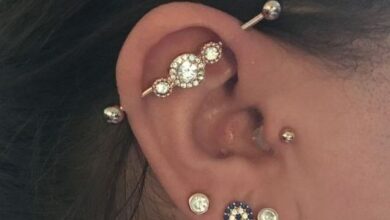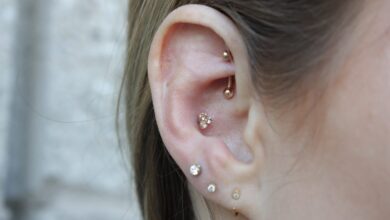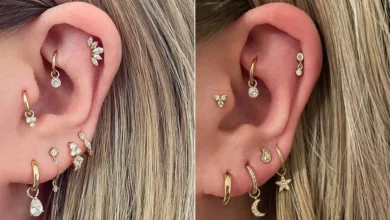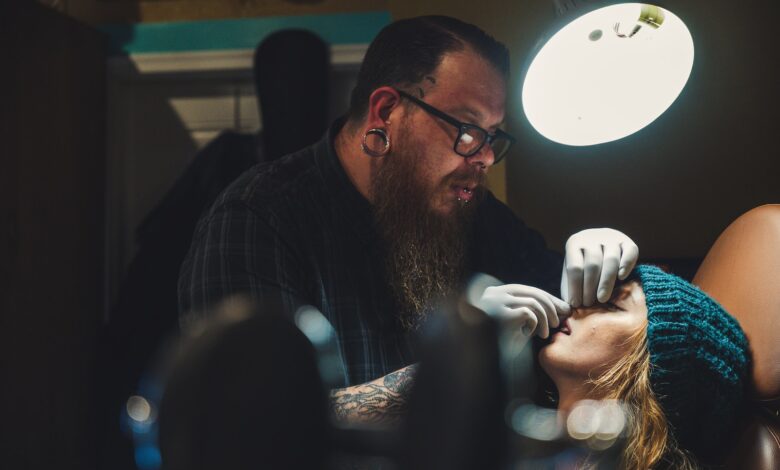
Sterilization standards play a crucial role in ensuring the safety of customers in piercing studios. With the rising popularity of body piercings, it is essential for studios to prioritize cleanliness and hygiene to prevent infections and other health risks. This article highlights the importance of following these standards, discussing the key practices that piercing studios should adopt to maintain a safe and sterile environment for their clients. From proper cleaning procedures to the use of disposable equipment, it is vital for piercing studios to prioritize the well-being of their customers by adhering to rigorous sterilization protocols.
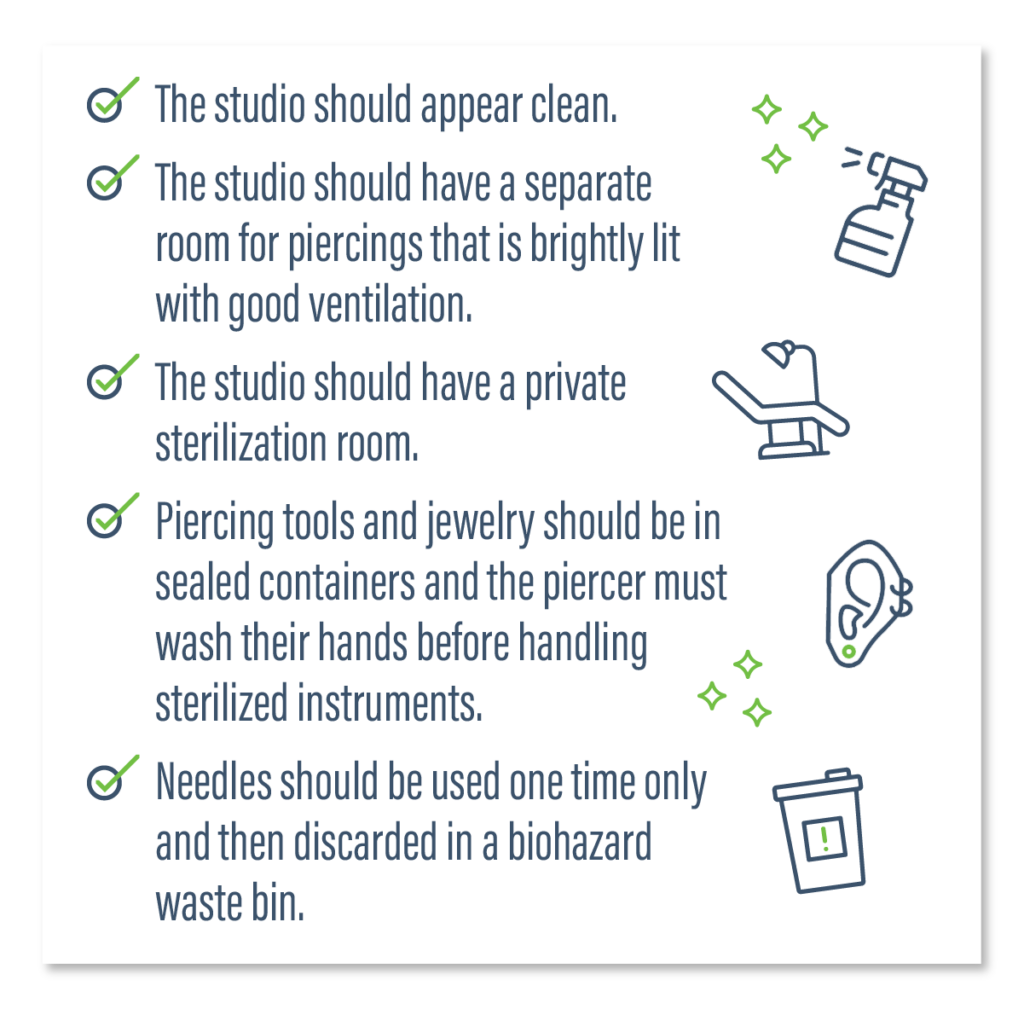
Importance of Sterilization in Piercing Studios
The Risks of Unsterilized Equipment
When it comes to getting a piercing, the safety and well-being of the client should be the top priority. Using unsterilized equipment poses significant risks that can lead to infections and other diseases. Unsterilized equipment may contain bacteria, viruses, fungi, and other harmful microorganisms that can easily enter the body through the piercing site. This can result in painful infections, delayed healing, and even serious complications.
Preventing Infections and Diseases
By maintaining strict sterilization practices, piercing studios can effectively prevent infections and the spread of diseases. Sterilization kills or eliminates all microorganisms, including those that are highly resistant. This helps create a safe and clean environment for both the piercer and the client. With proper sterilization techniques, the risk of infection and disease transmission is minimized, ensuring a positive and healthy piercing experience.
Creating a Safe Environment
Sterilization is crucial in creating a safe environment for both piercers and clients. When a piercing studio follows proper sterilization protocols, it instills confidence in clients that their health and safety are being prioritized. A sterile studio environment shows professionalism, attention to detail, and dedication to maintaining the highest standards of cleanliness. By prioritizing sterilization, piercing studios establish trust and build a positive reputation within the community.
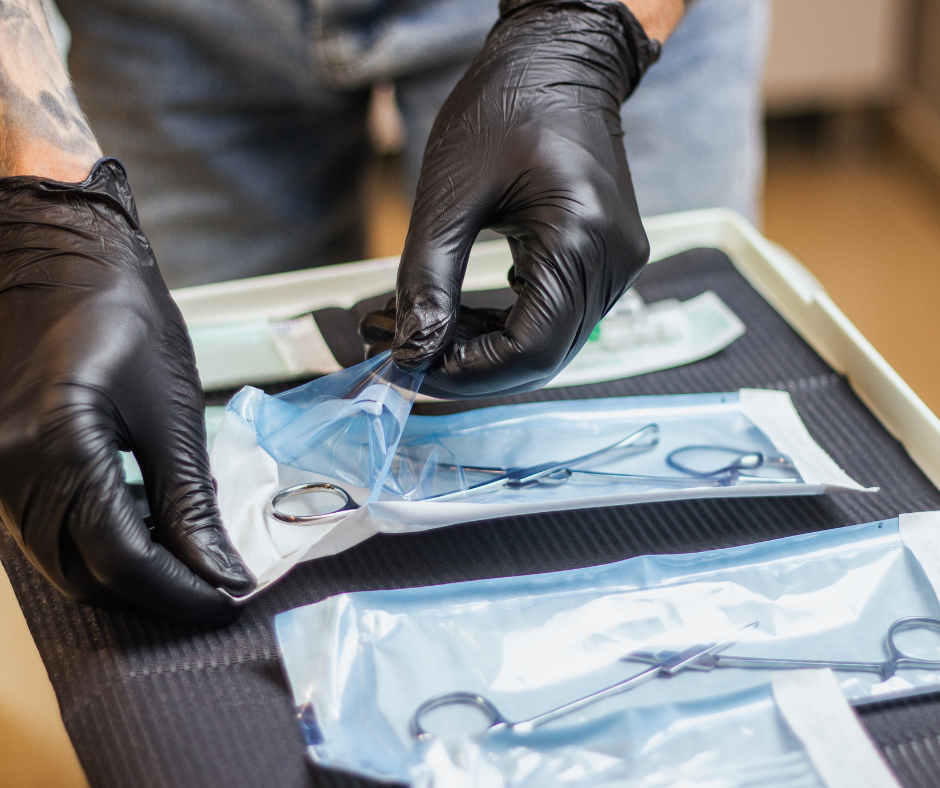
Legal Requirements and Regulations
Health and Safety Guidelines
Health and safety guidelines play a crucial role in regulating piercing studios. These guidelines are established by health authorities and aim to ensure that studios adhere to specific standards to protect the health and safety of both piercers and clients. They cover various aspects of sterilization, including equipment maintenance, disinfection procedures, and employee hygiene. Piercing studios must familiarize themselves with these guidelines and implement them effectively to comply with legal requirements.
Licensing and Certification
To operate legally, piercing studios must obtain the necessary licenses and certifications. These credentials demonstrate that the studio meets the minimum requirements set by regulatory bodies. Obtaining a license involves meeting certain criteria, such as having a sterilization protocol in place, properly trained staff, and a clean and safe environment. By obtaining the necessary licenses, piercing studios not only comply with legal requirements but also assure clients that they uphold high standards of sterilization and safety.
Inspections and Audits
Regulatory authorities conduct regular inspections and audits to ensure that piercing studios are complying with legal requirements. These inspections include assessing sterilization practices, reviewing documentation and records, and examining the overall cleanliness and safety of the studio. Inspections and audits are essential in identifying any areas of improvement and ensuring that sterilization standards are consistently met. By participating in these assessments, piercing studios demonstrate their commitment to maintaining a safe environment for clients.
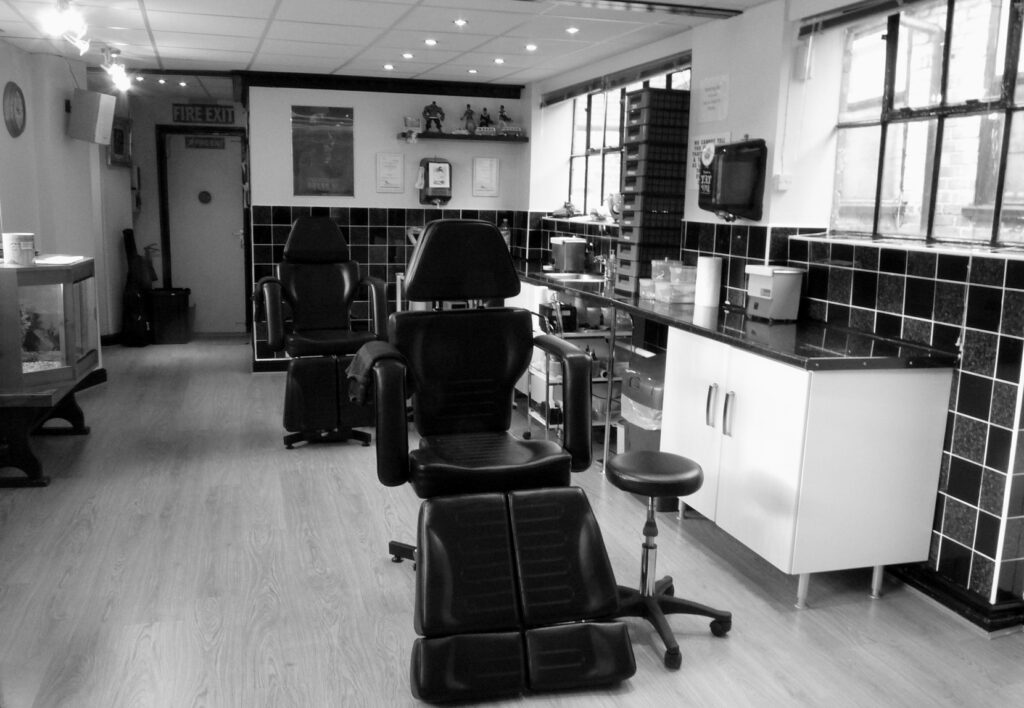
Sterilization Techniques and Equipment
Autoclaves: The Gold Standard
Autoclaves are considered the gold standard in sterilization techniques for piercing studios. These devices use high-pressure steam and heat to kill all microorganisms, including bacteria, viruses, and fungi. Autoclaves are effective in sterilizing both reusable instruments and jewelry, ensuring that no harmful pathogens remain. It is crucial for piercing studios to have properly functioning autoclaves and to follow the manufacturer’s instructions for optimal sterilization.
Sterilization Indicators and Monitoring
To ensure the effectiveness of sterilization, piercing studios should utilize sterilization indicators and monitoring systems. Sterilization indicators, such as heat-sensitive tapes or chemical indicators, provide visible proof that an item has been subjected to the sterilization process. Monitoring systems, such as biological indicators, involve testing samples to confirm the kill efficacy of sterilization methods. These indicators and monitoring systems help piercers and studio staff feel confident that proper sterilization has been achieved.
Proper Handling and Disposal of Sharps
Proper handling and disposal of sharps, such as needles and lancets, are crucial for maintaining a safe and sterile environment. Piercing studios should have designated sharps containers that are puncture-resistant and leak-proof. Sharps should never be recapped, bent, or broken, as this increases the risk of accidental needlestick injuries. Disposal of sharps must be done according to regulations set by health authorities to prevent injuries and the spread of infectious diseases.
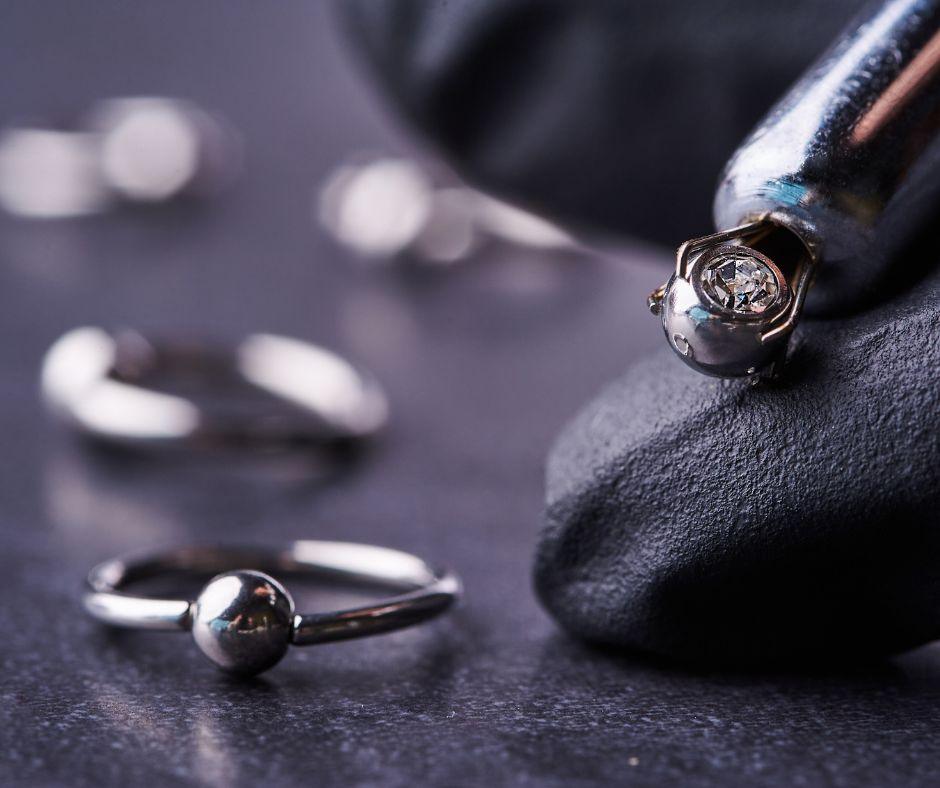
Cleaning and Disinfection Practices
Choosing Appropriate Disinfectants
Choosing the appropriate disinfectants is essential for maintaining a clean and hygienic piercing studio. Not all disinfectants are suitable for all surfaces and instruments, so it is important to select disinfectants that are effective against a wide range of microorganisms. Piercing studios should consider using disinfectants that are specifically formulated for healthcare settings and approved by regulatory authorities. It is also important to follow the manufacturer’s instructions for proper dilution ratios and contact times to ensure optimal disinfection.
Cleaning Surfaces and Instruments
Thorough cleaning of surfaces and instruments is a crucial step in the sterilization process. Before any sterilization procedures take place, surfaces and instruments must be cleaned to remove any visible dirt, blood, or bodily fluids. Piercing studios should have designated cleaning procedures, including the use of appropriate cleaning agents and enzymatic solutions. Cleaning should be done using brushes, wipes, or ultrasonic cleaners, depending on the type of objects being cleaned. Proper cleaning ensures that sterilization is effective and that no contaminants interfere with the process.
Preventing Cross-Contamination
Preventing cross-contamination is a key aspect of maintaining a sterile environment in piercing studios. Cross-contamination occurs when microorganisms are unintentionally transferred from one surface or object to another, increasing the risk of infection. Piercing studios should implement strict protocols to prevent cross-contamination, such as using separate cleaning and sterilization areas, using disposable barriers on surfaces that come into contact with clients, and storing clean and sterilized instruments in designated containers. These measures help minimize the risk of cross-contamination and ensure the safety of both piercers and clients.
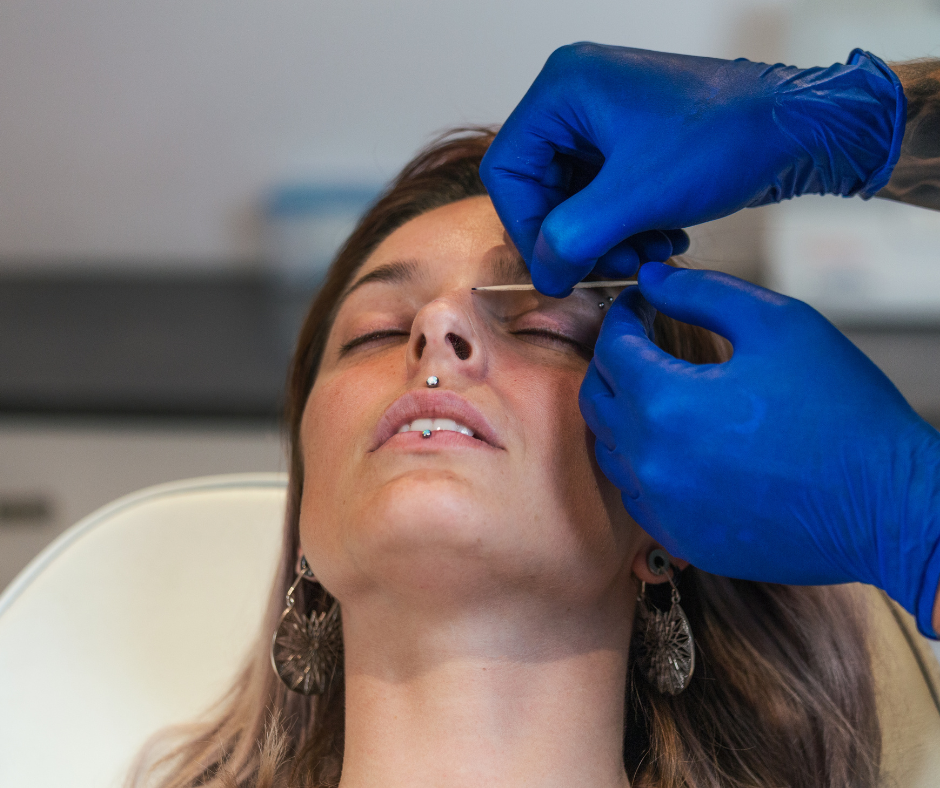
Safety Precautions for Piercers
Wearing Protective Gear
Piercers should always wear appropriate protective gear to minimize the risk of exposure to bloodborne pathogens and other contaminants. This includes gloves, masks, and protective eyewear. Gloves should be worn for all procedures and changed between clients to prevent the transmission of microorganisms. Masks and protective eyewear protect against potential exposure to blood, body fluids, and airborne particles. Wearing proper protective gear not only safeguards the health of piercers but also demonstrates a commitment to client safety.
Handwashing and Glove Usage
Proper hand hygiene is essential for piercers to prevent the spread of infections. Piercers should wash their hands thoroughly with soap and water before and after each procedure. In situations where handwashing facilities are not readily available, alcohol-based hand sanitizers can be used. Additionally, piercers should always use gloves when performing any invasive procedures or when there is a risk of coming into contact with bodily fluids. Gloves should be changed between clients and disposed of properly to prevent cross-contamination.
Maintaining Personal Hygiene
Maintaining personal hygiene is vital for piercers to ensure a safe and sterile environment. Piercers should have clean uniforms or protective clothing that is appropriate for the procedures being performed. They should also refrain from wearing jewelry, artificial nails, or excessive makeup, as these can harbor microorganisms and increase the risk of contamination. Regular showering, clean hairstyles, and proper personal grooming contribute to maintaining a hygienic environment in piercing studios.
Training and Education for Studio Staff
Understanding Sterilization Techniques
It is essential for all studio staff, including piercers and support personnel, to have a thorough understanding of sterilization techniques. Staff should receive comprehensive training on the importance of sterilization, the proper use of sterilization equipment such as autoclaves, and the correct handling and disposal of sharps. They should also be knowledgeable about the different types of disinfectants, their appropriate uses, and the cleaning and disinfection procedures specific to the piercing studio. Ongoing education and training ensure that staff stay up to date with the latest sterilization practices.
Bloodborne Pathogen Training
Bloodborne pathogen training is crucial for all studio staff to prevent the transmission of infectious diseases. This training should cover topics such as the risk of exposure to bloodborne pathogens, the proper use of personal protective equipment, the steps to take in the event of an exposure incident, and the importance of following proper sterilization protocols. By providing bloodborne pathogen training, piercing studios equip their staff with the knowledge and skills to protect themselves and their clients from potential infections.
Continuing Education Programs
Continuing education programs provide an opportunity for studio staff to expand their knowledge and skills in sterilization practices. These programs cover advancements in sterilization techniques, updates to health and safety guidelines, and new research on infection prevention and control. By participating in continuing education programs, studio staff can stay informed about the latest developments in the field of sterilization and ensure that their practices are up to date and in line with industry standards.
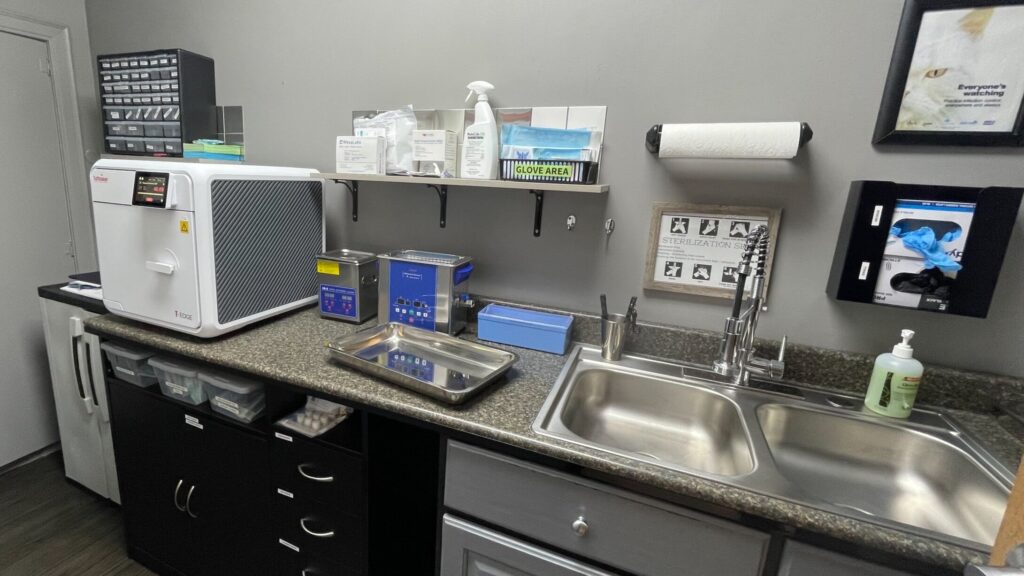
Documentation and Record-Keeping
Maintaining Logbooks
Maintaining logbooks is an essential aspect of sterilization in piercing studios. Logbooks provide a record of sterilization procedures, including dates, times, sterilization cycles, and indicator results. This documentation serves as evidence of compliance with legal requirements and can be valuable during inspections and audits. Logbooks also help identify patterns or issues that may arise, allowing studios to take appropriate action to address them. Accurate and well-maintained logbooks demonstrate a commitment to sterilization practices and can contribute to the overall safety of the studio.
Policy and Procedure Manuals
Policy and procedure manuals outline the protocols and guidelines followed by the piercing studio in maintaining a sterile and safe environment. These manuals should include detailed instructions on sterilization techniques, cleaning and disinfection practices, and personal hygiene requirements. They should also outline steps to be taken in the event of an emergency or incident. Piercing studios should regularly review and update their policy and procedure manuals to ensure they reflect current best practices and comply with legal requirements.
Record Retention Periods
Piercing studios must comply with record retention periods set by regulatory authorities. These periods specify how long certain records must be kept before they can be properly disposed of. Records related to sterilization, such as logbooks, should be retained for the designated period to demonstrate compliance with legal requirements and enable traceability. Adhering to record retention periods ensures that piercing studios can provide accurate and necessary information in the event of an inspection, audit, or incident investigation.
Quality Assurance in Sterilization
Regular Equipment Maintenance
Regular equipment maintenance is crucial for ensuring the effectiveness of sterilization in piercing studios. Autoclaves and other sterilization equipment should undergo regular maintenance and inspections to identify any issues and ensure optimal performance. This includes checking the functionality of pressure and temperature gauges, verifying the proper functioning of sterilization cycles, and conducting routine maintenance procedures as recommended by the equipment manufacturer. Properly maintained equipment is essential for achieving reliable and consistent sterilization results.
Biological Indicator Testing
Biological indicator testing provides an additional level of assurance in sterilization processes. These tests involve using highly resistant microorganisms to verify the effectiveness of sterilization methods. Piercing studios should periodically conduct biological indicator testing as an extra measure of quality control. By monitoring the kill efficacy of their sterilization processes, studios can identify any deviations or issues and take appropriate corrective action to maintain the highest level of sterilization quality.
Implementing Quality Control Measures
Implementing quality control measures is vital for maintaining consistent and reliable sterilization in piercing studios. Quality control measures include regular monitoring of sterilization processes, reviewing documentation and record-keeping practices, and conducting routine inspections of sterilization equipment and areas. Quality control measures should be established to identify and address any potential deviations or breaches in sterilization protocols. By implementing these measures, piercing studios can continually assess their sterilization practices and make improvements where necessary to ensure the highest level of quality and safety.
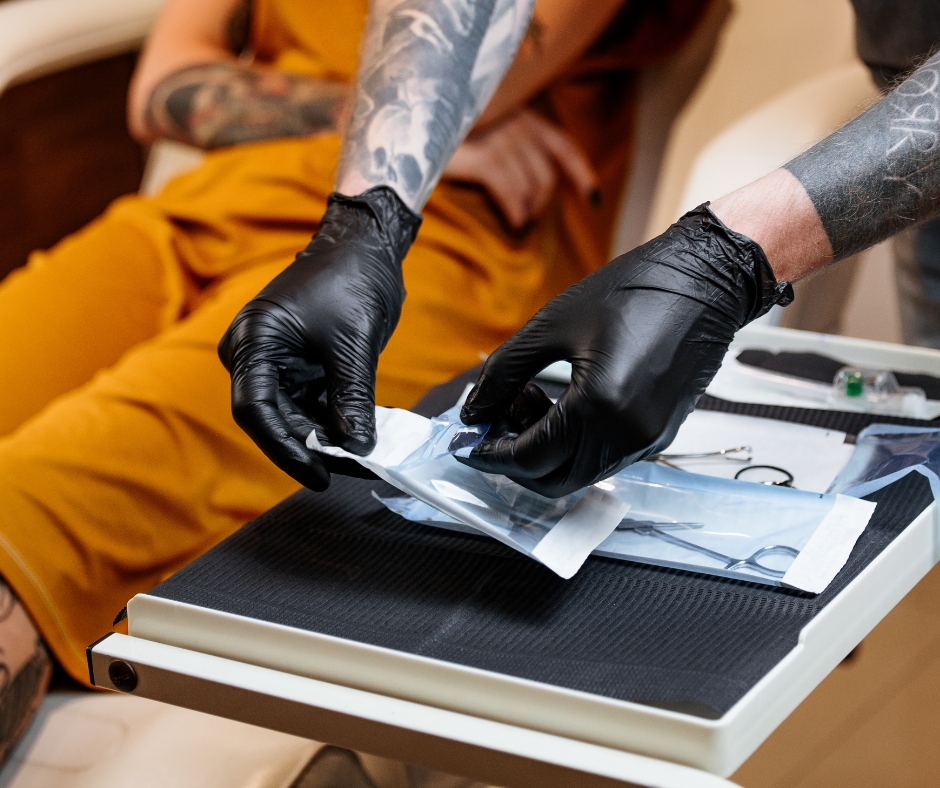
Risk Management and Emergency Response
Creating Emergency Protocols
Piercing studios should have well-defined emergency protocols in place to address unexpected situations. These protocols should include procedures to follow in the event of accidents, injuries, or exposures to bloodborne pathogens. Emergency protocols should cover steps to take to minimize risks, provide immediate first aid or medical assistance, and report incidents to the appropriate authorities. By having clear emergency protocols, piercing studios can effectively manage risks and respond promptly and appropriately to unexpected situations.
Disinfection Procedures for Accidental Contamination
Accidental contamination can occur despite strict sterilization practices. Piercing studios should have specific procedures in place to handle accidental contamination incidents. These procedures should include steps to quickly isolate contaminated items, disinfect affected surfaces, and, if necessary, notify clients and offer appropriate medical advice. Proper disinfection procedures for accidental contamination help minimize the risk of infections and demonstrate a commitment to the safety and well-being of clients.
Handling Client Complaints and Incidents
Addressing client complaints and incidents related to sterilization is crucial for maintaining a positive reputation and ensuring client satisfaction. Piercing studios should have policies and procedures in place to handle and address client complaints and incidents promptly and effectively. This includes conducting thorough investigations, implementing corrective actions, and communicating transparently with clients. By handling client complaints and incidents in a timely and professional manner, piercing studios demonstrate their commitment to client safety and satisfaction.
Collaboration with Health Authorities
Reporting Notifiable Infections
Piercing studios play an important role in protecting public health by promptly reporting any notifiable infections to the appropriate health authorities. Notifiable infections are certain diseases or conditions that are required by law to be reported. By reporting these infections, piercing studios contribute to public health surveillance efforts and allow health authorities to respond, investigate, and take appropriate measures to prevent the spread of infection. Collaboration with health authorities is essential in ensuring the overall safety of the community.
Utilizing Public Health Resources
Public health resources provide valuable information and support for piercing studios in maintaining proper sterilization practices. Health authorities often publish guidelines, educational materials, and best practice recommendations specific to piercing studios. These resources offer guidance on sterilization techniques, infection prevention measures, and the latest research developments. By utilizing these resources, piercing studios can stay informed and up to date with industry standards and enhance their sterilization practices.
Participating in Outbreak Investigations
In the event of an outbreak or cluster of infections, piercing studios may be called upon to participate in investigations conducted by health authorities. This may involve providing information on sterilization practices, sharing client records, or collaborating with health officials to identify potential sources or modes of transmission. By actively participating in these investigations, piercing studios demonstrate their commitment to public health and their willingness to contribute to the prevention and control of infectious diseases.
In conclusion, the importance of sterilization in piercing studios cannot be overstated. By strictly adhering to sterilization practices, piercing studios can prevent infections and diseases, create a safe environment, and comply with legal requirements and regulations. Through proper training and education, meticulous documentation, and quality assurance measures, piercing studios can ensure that their sterilization practices are effective and consistently maintained. Collaboration with health authorities further enhances the safety and overall well-being of both piercers and clients. By prioritizing sterilization, piercing studios not only protect the health and safety of their clients but also contribute to the professionalism and reputation of the industry as a whole.
Stylish.ae’s Ultimate Guide To Choosing Your First Tattoo(Opens in a new browser tab)
First-Time Piercing: Tips And Tricks For A Smooth Experience(Opens in a new browser tab)
The Rise Of HIIT: Why High-Intensity Workouts Work Wonders(Opens in a new browser tab)


